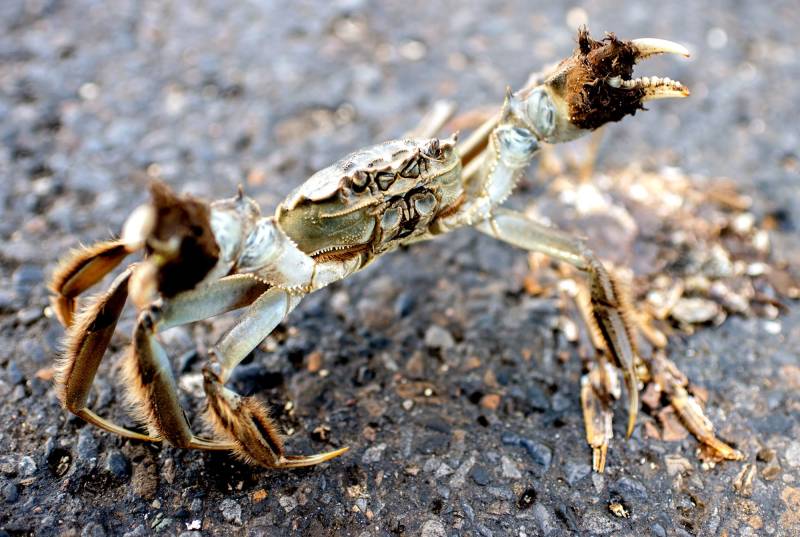Panic is unfurling in the Northwest this week after a Chinese mitten crab was found close to the southern border of Washington state. The crustaceans are known for their white claws, patches of brown fur, long legs and stupidly cute name that makes them sound not scary at all.
“While this is a rare event in Oregon,” the Oregon Department of Fish and Wildlife said in a recent press release, “mitten crabs caused significant infrastructure and ecological damage in and around San Francisco Bay when the population was at its height in the late 1990s.”


